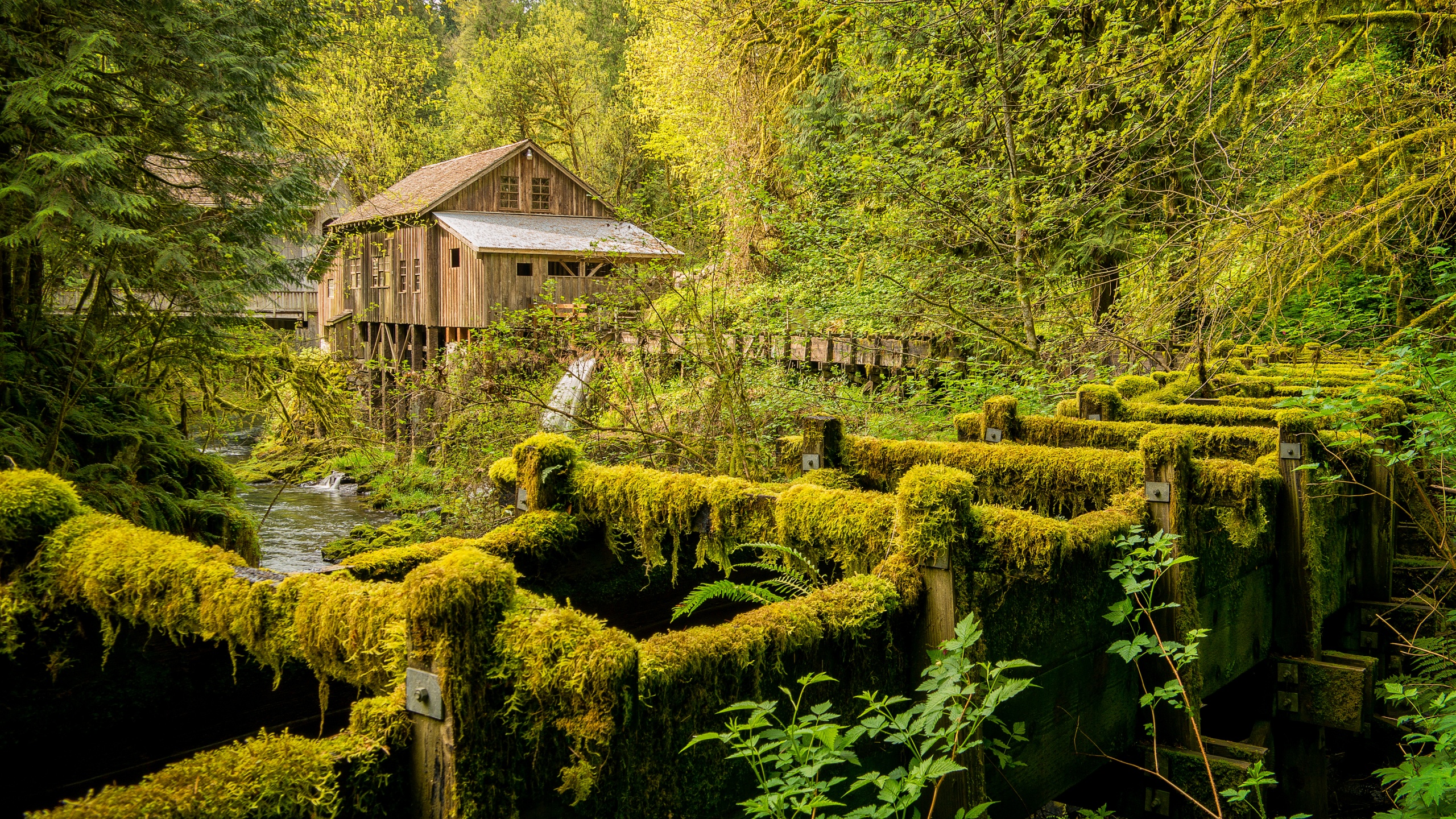

It’s also one of the tallest waterfalls in Washington. As the most famous waterfall in the state and one of the best attractions near Seattle, Snoqualmie Falls is a must-see. In winter, most wineries that are open to the public cut their hours or close down completely.If you're visiting Washington for a short time, you can't leave without a visit to Snoqualmie Falls. The dry lands of eastern Washington are primarily agricultural regions, and it is here that most of the state's wine grapes are grown. In summer, the weather can be blazing hot, though nights are often cool enough to require a sweater or light jacket. These areas can be very cold in the winter and can get moderate amounts of snow in the foothill regions. East of the Cascades, the climate is very different, and some regions, sometimes referred to as the high desert, are characterized by temperature extremes and a lack of rain. Note that the preceding discussion applies to the west side of the Cascades. Despite the unpredictable winter weather, there are several very popular ski areas in the Cascades, as well as some smaller ski areas in eastern Washington and the Olympic Peninsula. While the snow in Washington can be heavy, rains often fall in the mountains in the middle of winter. Winter also brings the ski season and sometimes record-setting snowfalls, such as that of the winter of 1998-99, which dumped close to 100 feet of snow on Mount Baker. Keep in mind, though, that winters usually include one or two blasts of Arctic air that bring snow and freezing weather to the Seattle area. This may not be as bad as it sounds, as hotels in Seattle offer substantial discounts during the dreary winter months. So, if you're keen on catching the Seattle Opera or some of Seattle's fringe theater, plan a rainy season visit. With the coming of the rains, Washingtonians begin spending far more time indoors and consequently, the performing arts in Seattle and other major cities begin their annual seasons. In the mountains, wildflowers often still bloom (though peak bloom in the Cascade Range and Olympic Mountains is July-Aug). Skies are often still cloudless, and kids are back in school (the crowds at popular destinations, including the San Juan Islands and Mount Rainier, are really bad only on weekends). Labor Day weekend aside, September is one of the best months to visit. July and August are also the state's main festival months, and several of the big festivals in the Seattle area can make finding a hotel room on a festival weekend difficult. During these dry summer months, Washington families flock to the San Juan Islands to, among other things, watch the region's famous orca whales feeding in the waters off San Juan Island. It is during these months that the sun is seen most often and rain is almost unheard of (though not unknown). July and August are the most reliably rainless months, and consequently, this is the most popular time to visit.

From the coast to the Cascade Range, moist winds off the Pacific Ocean keep temperatures mild year-round, so you'll likely need a sweater or light jacket at night, even if you visit in August. In fact, if you visit any part of the coast, expect grayer, wetter weather than in the Seattle area. This is especially important if you plan to visit the Olympic Peninsula, parts of which receive more than 150 inches of rain each year. Although the Northwest's infamous rains fall primarily between October and early July, it can rain any month of the year, so be sure to bring an umbrella or rain gear of some sort with you. If you're reading this section, there's probably one question on your mind: When can I visit and not get rained on? The answer, of course, is never.


 0 kommentar(er)
0 kommentar(er)
